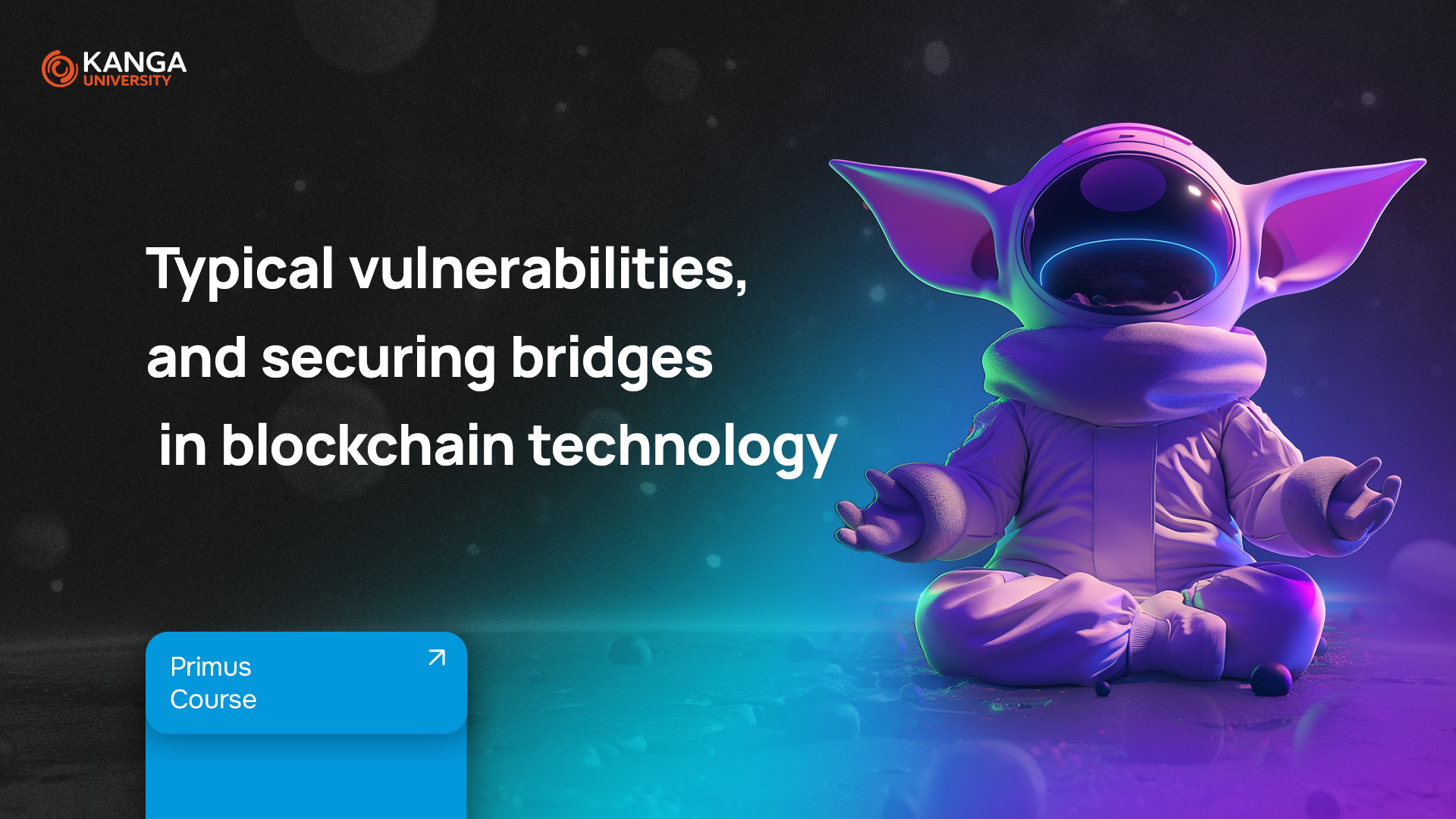
Blockchain started out as the technology behind cryptocurrencies like Bitcoin and Ethereum. But today, it’s powering apps, games, financial services, and much more. As more blockchains pop up, one big challenge becomes obvious: they don’t naturally “talk” to each other.
That’s where blockchain bridges come in. They let users move digital assets between different blockchains. Without bridges, most networks would stay isolated.
But there’s a catch: bridges are one of the most vulnerable parts of the crypto ecosystem. Some of the biggest hacks in blockchain history targeted bridges—and they’re still at risk today.
This lesson will show you what blockchain bridges are, how they work, where the risks lie, and how developers are working to keep them safe.
What Is a Blockchain Bridge?
Let’s say you own Bitcoin but want to use decentralized apps (DeFi) on Ethereum. Since Bitcoin and Ethereum are different networks, you can’t just send Bitcoin directly to Ethereum.
A bridge solves this. It locks your Bitcoin on one blockchain and issues a new version of it—like Wrapped Bitcoin (wBTC)—on Ethereum. That new version works just like Bitcoin, but it’s compatible with Ethereum’s ecosystem.
Bridges make this kind of interoperability possible. They help blockchains share value and information. But because they hold large amounts of crypto and depend on complex systems, they also attract hackers.
Why Bridges Are So Vulnerable
Bridges are built from many moving parts: smart contracts, validator nodes, external data sources (oracles), and backend infrastructure. With so many layers, there are more ways for something to go wrong.
Here are the most common types of vulnerabilities:
1. 51% Attacks
If attackers take control of more than half of a bridge’s validators, they can manipulate the network and steal funds. This usually happens in systems with a small or centralized validator group.
Solution: Use secure consensus mechanisms (like Proof of Stake) and keep the validator set decentralized and diverse.
2. Smart Contract Bugs
Most bridges run on smart contracts—automated code that moves funds between chains. If the contract has a bug, attackers can exploit it. This was the case in the infamous Ronin Bridge hack, where over $600 million was stolen.
Solution: Conduct regular audits, use proven design patterns, and follow strict coding standards.
3. Oracle Exploits
Oracles bring external data (like exchange rates) into the blockchain. If an oracle is compromised, attackers can manipulate what the bridge “believes” to be true—and move funds in ways that shouldn’t happen.
Solution: Use decentralized oracle networks (like Chainlink) and verify data using multiple sources.
4. Weak On-Chain Verification
Some bridges rely too heavily on centralized systems off-chain. If most of the bridge’s logic happens outside the blockchain, it becomes harder to monitor or secure. That creates blind spots hackers can exploit.
Solution: Move core validation logic on-chain when possible and use cryptographic proofs (like zk-rollups or optimistic proofs) to improve transparency.
How to Make Blockchain Bridges More Secure
There’s no single fix for bridge security. It takes a multi-layered strategy. Here’s what developers and projects are doing:
1. Stronger Protocol Design
Use robust consensus models (e.g., Proof of Stake), regularly update software, and ensure validators are spread across different operators and geographies.
2. Secure Smart Contracts
Bridges should be regularly audited by top security firms. Following best practices in Solidity programming and avoiding complex or experimental code can reduce risks.
3. Decentralized Oracles
Relying on one data source is risky. Decentralized oracle networks pull data from multiple places, making it harder for attackers to manipulate outcomes.
4. Ongoing Education and Awareness
Teams responsible for building and maintaining bridges need continuous training. Staying updated on the latest threats helps prevent attacks before they happen.
Why Bridge Security Is Critical Right Now
In 2022 alone, over $2 billion was stolen from blockchain bridges. Despite improvements, bridges are still one of the most targeted components in Web3.
As users increasingly move assets between blockchains—to trade, invest, game, or collect NFTs—bridges will become even more important. Their security is no longer just a technical issue; it’s a core part of building trust in decentralized ecosystems.
Key Takeaways
-
Blockchain bridges connect different networks, allowing users to move tokens between them.
-
They’re essential for a multichain future, but are also major attack targets.
-
Common threats include 51% attacks, smart contract bugs, oracle exploits, and weak verification systems.
-
Improving security requires decentralization, audits, reliable oracles, and well-trained teams.
-
Without secure bridges, cross-chain innovation in crypto is at risk.